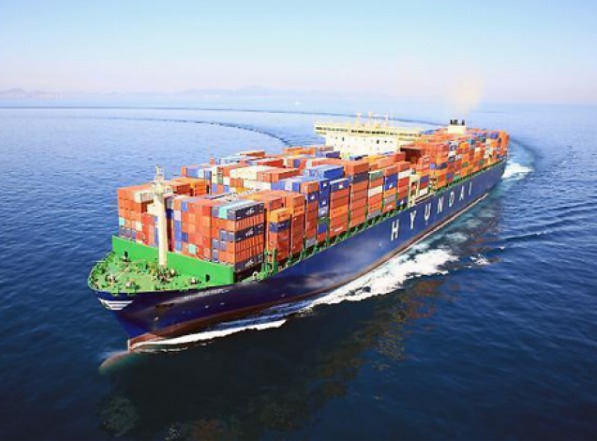Barriers to maritime trade in the Red Sea have become a threat to Pakistan’s economy. Prolonged disruptions in supply from the Red Sea may hamper Pakistan’s efforts to control inflation.
The Economic Survey report has identified a major obstacle to Pakistan’s global trade. According to the report, 90 percent of Pakistan’s global trade is through sea. The Red Sea is Pakistan’s most important trade route with the United States, the United Kingdom and the European Union.
Pakistan is heavily dependent on the Red Sea for global trade, through which 60% of Pakistan’s exports and 30% of its imports pass through, worth 16.3 billion dollars and 23.2 billion dollars, respectively. The Red Sea is the shortest sea trade route between Asia and Europe, except for the Cape of Good Hope (South Africa), an additional distance of 3500 nautical miles has to be covered, which takes 10 to 12 days. are
According to the Ministry of Finance, the disruption in this important trade route is having a multifaceted negative impact on Pakistan’s economy, including delays in the import of basic goods, delays in the supply of raw materials and finished products, which disrupts the local supply chain. Delays in the delivery of imported raw materials have slowed down the production process, affecting the growth of large-scale manufacturing.
The textile sector, which accounts for 60 percent of Pakistan’s exports, is the most affected. Timely availability of raw materials and machinery is imperative for textile and apparel producers and any change in shipping schedule results in production delays and cost overruns.
According to the Economic Survey, freight charges increased by 140 percent from $750 to $1,800 by mid-January, which not only affected Pakistan’s exporters, but also made it difficult for Pakistani products to compete in the global market. According to the Economic Survey, increasing tension in the Red Sea is affecting Pakistan’s rice exports.












